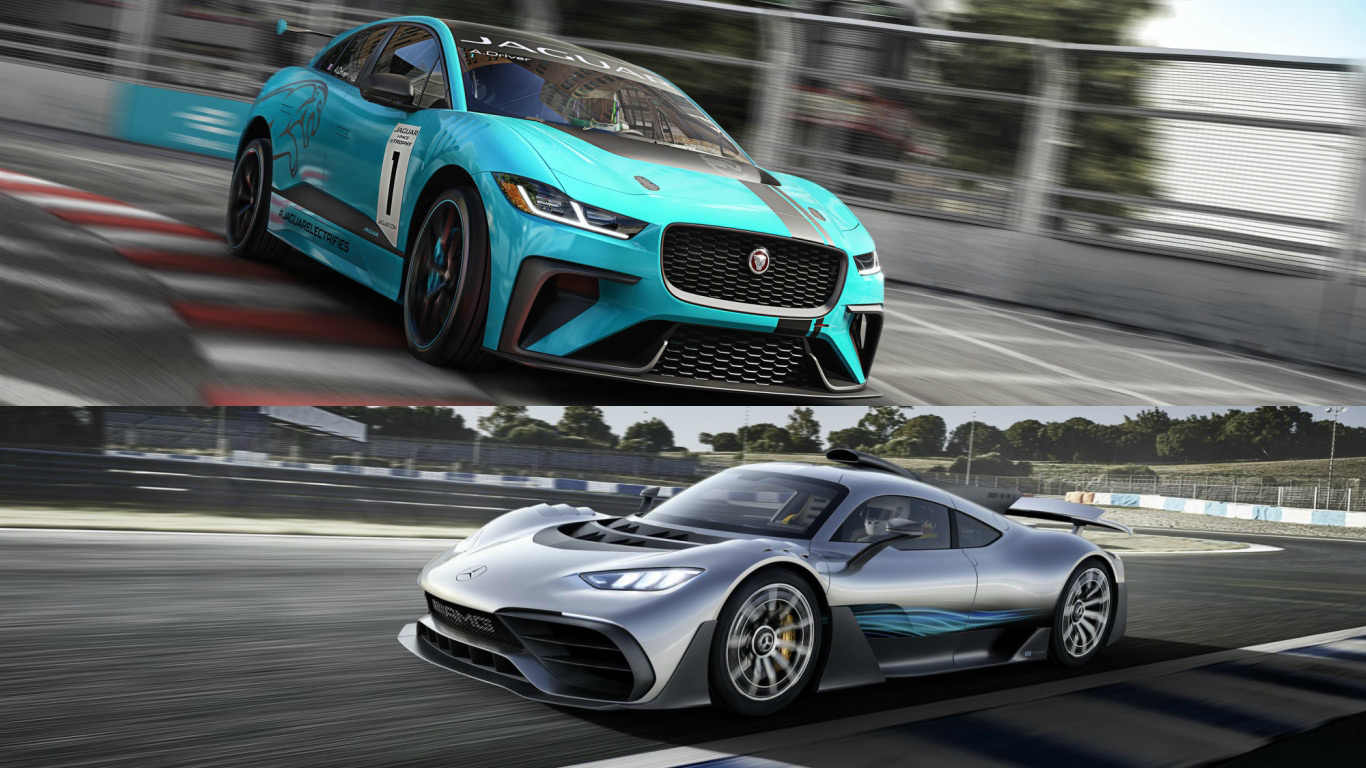 Unless you’re Greenpeace, it won’t have gone unnoticed that electrification was a big part of the 2017 Frankfurt Motor Show. From Volkswagen’s commitment to become a new leader in electric vehicles, to concept offerings from Mercedes-Benz and BMW, battery and hybrid power was everywhere.
Unless you’re Greenpeace, it won’t have gone unnoticed that electrification was a big part of the 2017 Frankfurt Motor Show. From Volkswagen’s commitment to become a new leader in electric vehicles, to concept offerings from Mercedes-Benz and BMW, battery and hybrid power was everywhere.
The fallout from dieselgate, plus the recent announcement of plans to ban the sale of new combustion-engine-only cars in the UK by 2040, has resulted in a big rise in car buyers interested in alternatively-fuelled vehicles. But that doesn’t mean manufacturers haven’t got work to do in promoting their newly electrified products.
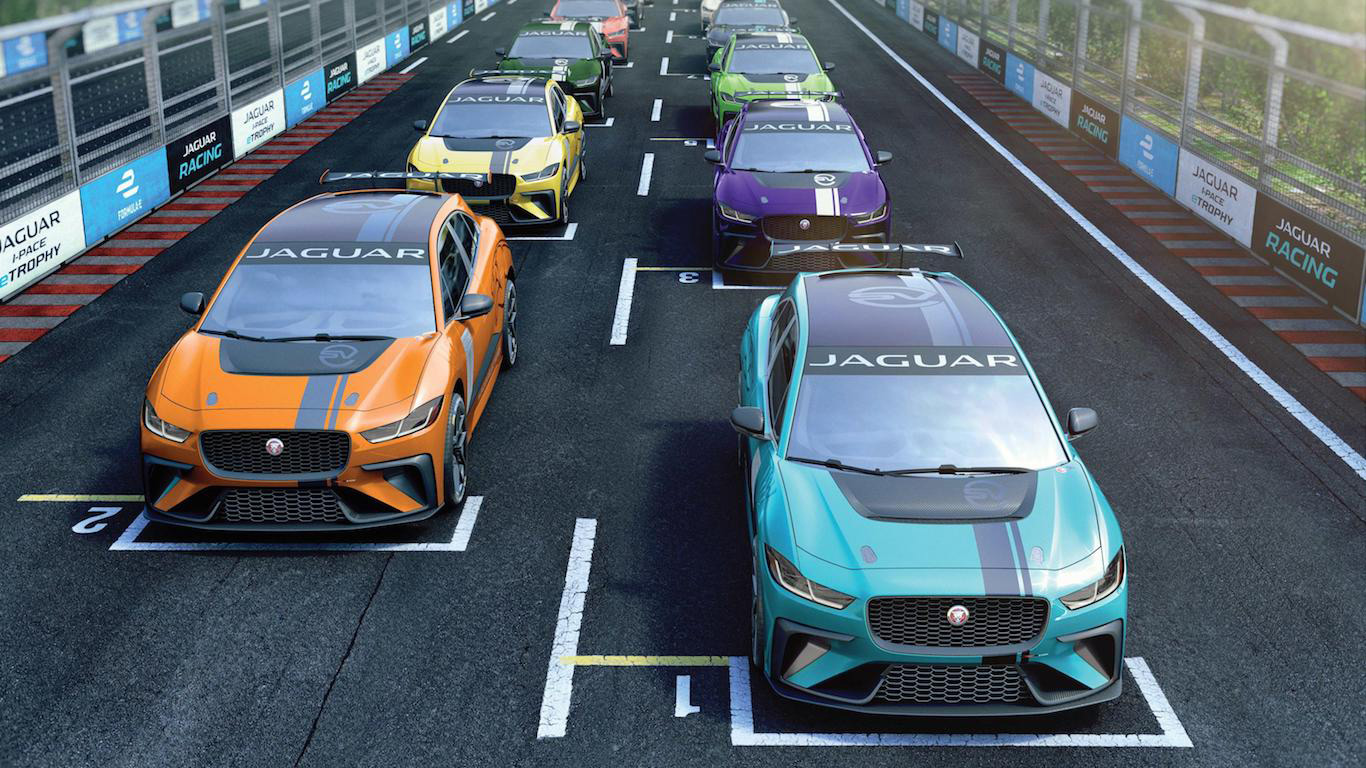
Using motorsport to sell cars is nothing new, but Frankfurt 2017 saw two alternative takes, one from Jaguar and the other from Mercedes-AMG, on pushing the electrification message through the lure of racing.
More Frankfurt Motor Show on MR:
Assault and batteries
Jaguar announced the creation of the first production-based race series for electric vehicles with the I-Pace eTrophy, set to launch at the end of 2018. Set to support the FIA Formula E Series, the eTrophy will pitch 20 identical I-Paces against each other, with VIP guest drivers thrown into the mix as well.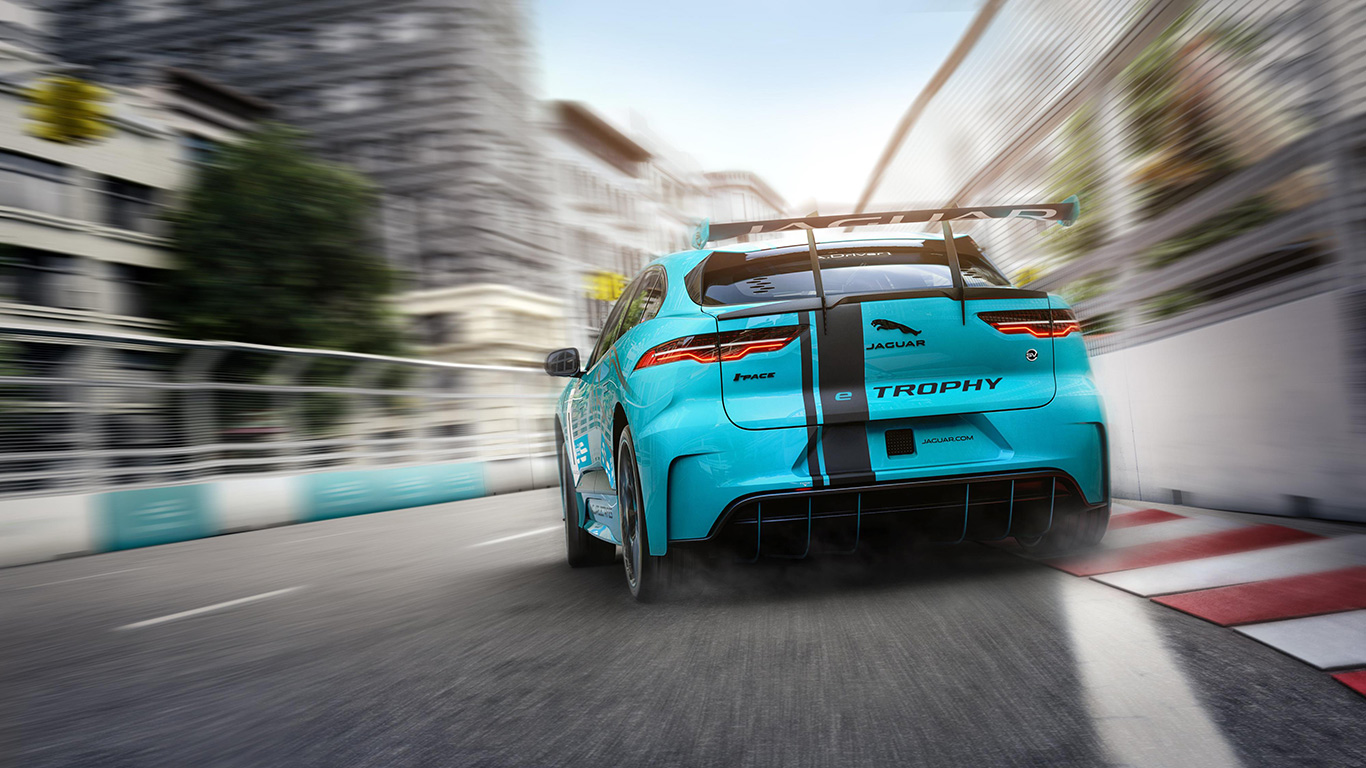
It’s a bold strategy, especially for a car that won’t make it into the hands of the general public until 2018. The key to the eTrophy is that it seeks to make electrification appear normal. Formula E has tried hard, but issues like needing to change cars mid-race have hardly helped its image.
The eTrophy has the potential to become a battery-powered BTCC. For Jaguar it creates a very simple link between the race car people can watch on TV, and one they can head to their local dealership and buy.
Casserole of complexity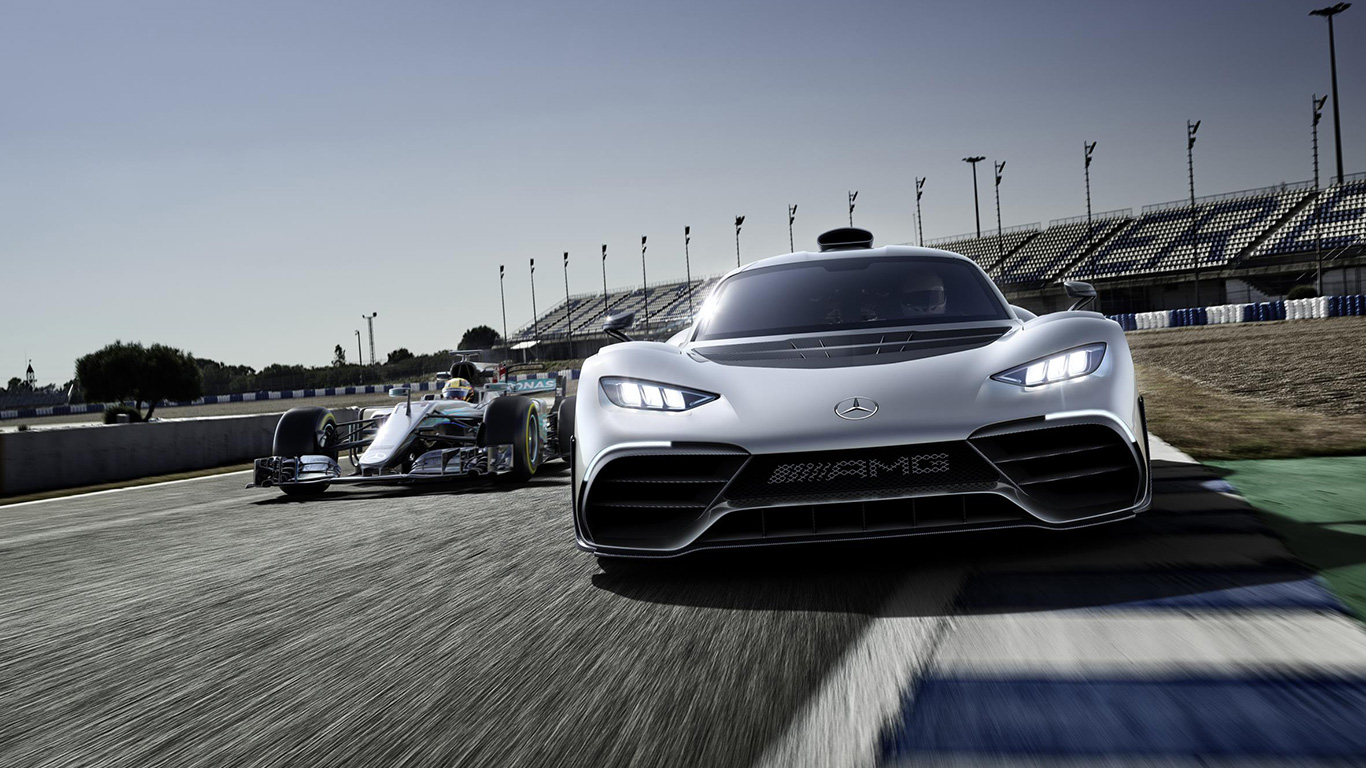
In contrast, Mercedes-AMG has used the hybrid powertrain from a contemporary Formula 1 racer to create the Project One: possibly the biggest talking point of the Frankfurt show. The headline-grabbing 1,000hp peak power figure is imposing, but wading through the details of how it achieves that output is a challenge in itself.
Four electric motors, including an electrically-assisted turbocharger, and an 11,000rpm rev limit for the petrol engine sound impressive and intricate in equal measure. It’s less the fault of Mercedes, and more the issue with the current Formula 1 engine regulations that have created such a casserole of complexity.
The right formula?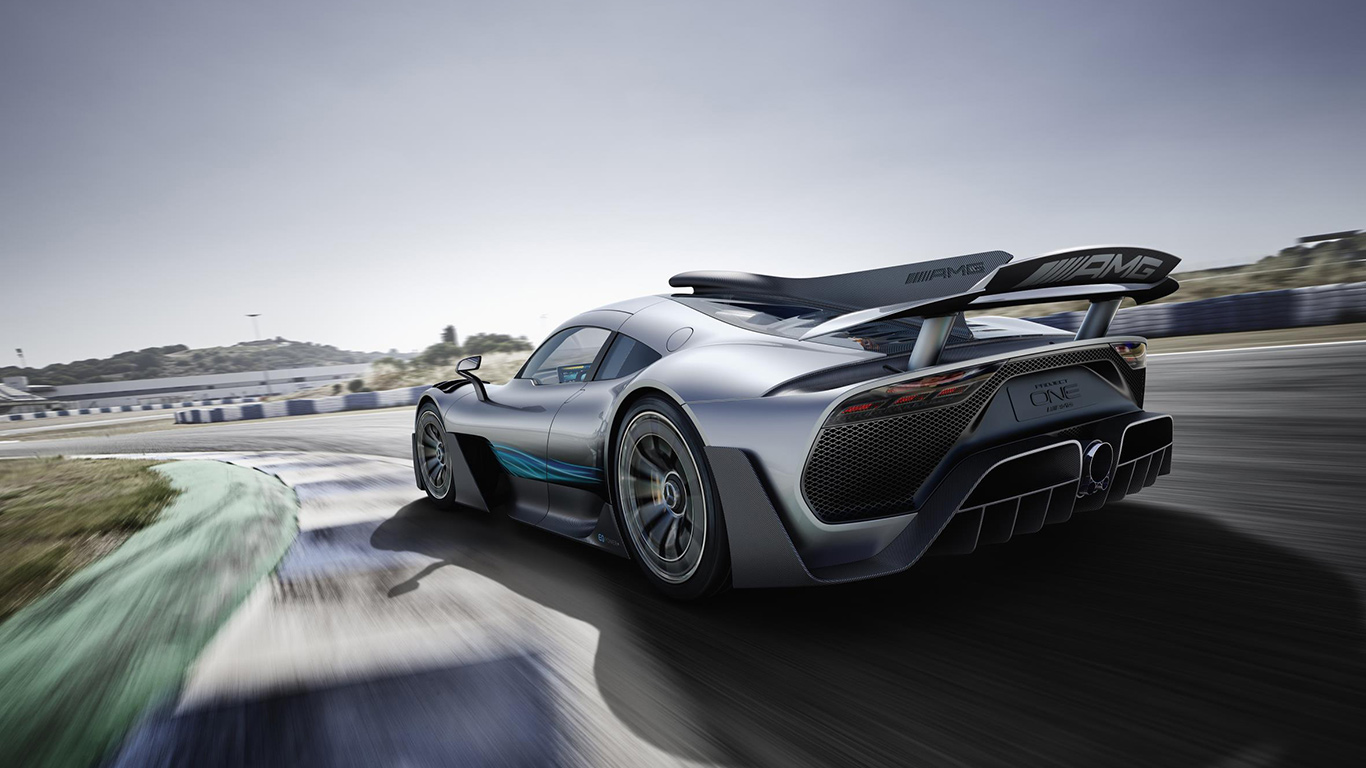
The grid-place penalty debacle at the Italian Grand Prix highlighted the mess the current engine situation in F1 has become, one not helped by the reliability woes affecting Renault and Honda. Putting a current Formula 1 car engine into a road-going machine is a brave move, even for the manufacturer dominating the sport at present.
Mercedes-AMG promises that the lessons learned from the development of the Project One will translate into better road car technology, which forms part of the company’s commitment to increased electrification. This may be so, but trying to forge the links between race and road seem a lot harder with the Project One, despite the fact it has an actual motorsport-derived power unit.
Increased electrification is an unstoppable reality, and motorsport can play a key part in showing that it doesn’t have to be hair-shirted and dull. Car manufacturers just need to ensure that buyers can make and understand the connection between road and track.